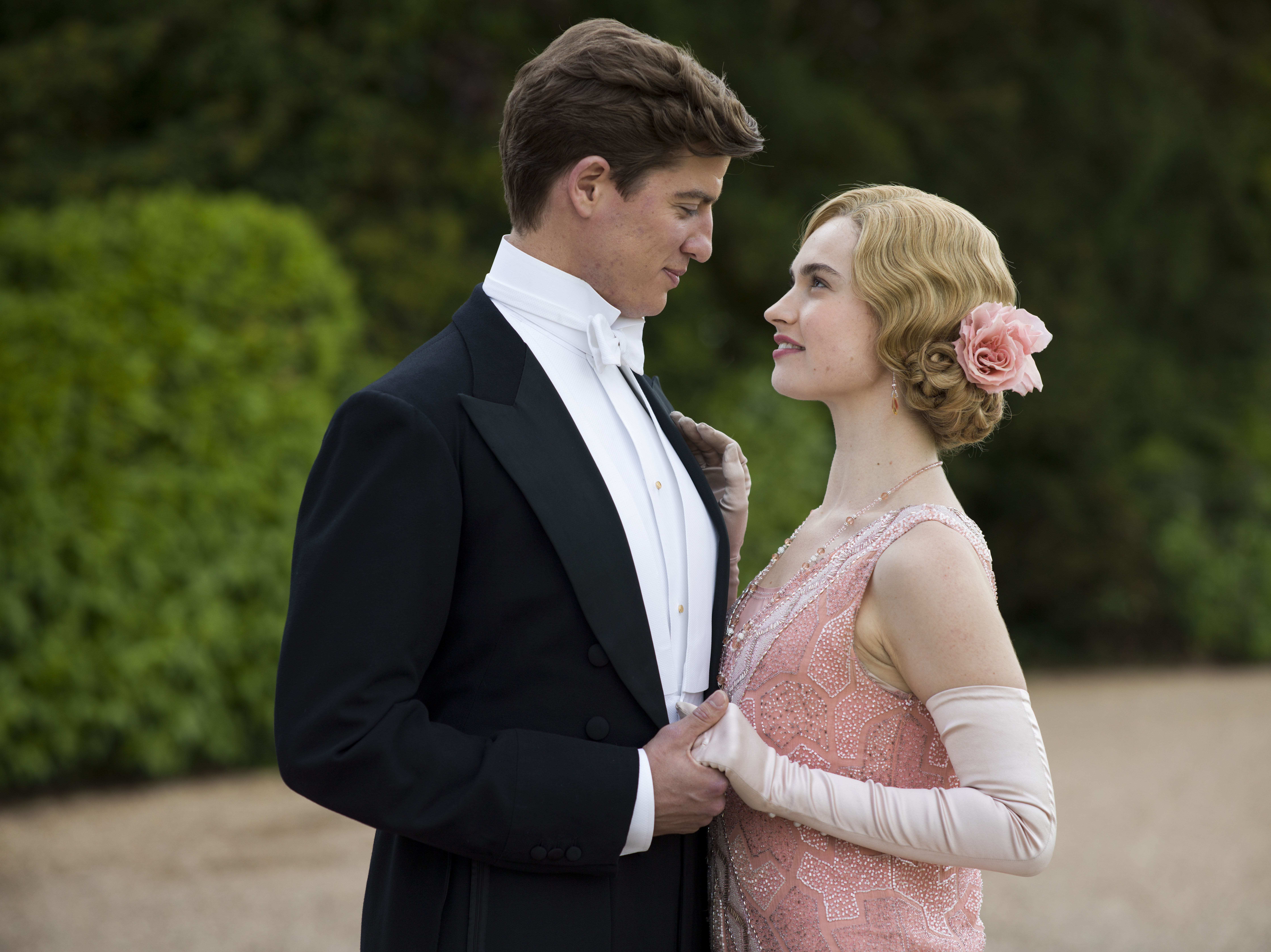Interfaith Group
Related: About this forumWas Interfaith Marriage Uncommon In The 1920s?
The Concept Comes To 'Downton Abbey' But Is The Tension Just "Classic Crawley"?

Leah Thomas
16 hours ago
Lily James’ character on Downton Abbey has always been a bit rebellious. She entered the series by sneaking out to go to jazz clubs. Now, her latest beau Atticus Aldridge is Jewish — Could Rose marry a Jewish man on Downton Abbey? Their relationship blossomed around the same time that Edith learns the father of her child was killed in a Nazi riot in Germany. Of course, 1924 is a far cry from the Second World War in some aspects, but this season of the show has given us a keen reminder that it was a long time coming. The real question is, would interfaith marriage be controversial in 1920s England?
The Crawleys don’t strike me as particularly anti-Semitic, but they are old-fashioned. What about the social conventions of the early 1920s? Whether the Crawleys were ahead or behind, there still are the times to consider.
Atticus’ family fled the pogroms in the Ukraine, a series of Anti-Semitic attacks lead by the Russian Empire that took lives and property away from many Jewish families. Not to over-simplify this horrifying era in history, but to put it in context — the pogroms during that period are also the subject matter of the musical Fiddler on the Roof. Atticus’ family has escaped persecution once before. England may be more polite about it, but there was prejudice there at the time as well.
Of course, it was controversial when Lady Sybil Crawley married Thomas Branson, but more because he was working class than because he was Irish Catholic. So this isn’t the first time that an interfaith relationship has graced the halls of Downton Abbey. Last week, Isobel commented that it was better than the Catholics because Rose would not be expected to convert. “There’s always something, isn’t there,” retorted the Dowager Countess.
http://www.bustle.com/articles/63013-was-interfaith-marriage-uncommon-in-the-1920s-the-concept-comes-to-downton-abbey-but-is-the
Staph
(6,340 posts)is that Lady Cora's father is Jewish. Her mother, Mrs. Levinson, never converted, and the Levinson children appear to have been raised in some Protestant church. I suspect that the rules were different for the rich, as ever.
okasha
(11,573 posts)would have to convert to become a Jew. Papa doesn't count.
would also apply to Rose and Atticus, though Lord Sinderby seems to want to stop them so he can have a nice Jewish daughter-in-law.
TexasProgresive
(12,275 posts)There is a Catholic parish in our area that is a national Italian parish. These were common throughout the U.S. as various nationalities immigrated from Catholic nations such as Poland and Italy. The early generations at this parish wanted their children to marry another Italian, later ones wanted them to marry a Catholic and now they just pray that their children marry before having children.
No Vested Interest
(5,193 posts)society as the US.
Although the ideal might have been to marry within one's faith, timing and locale had a lot to do with whom one married.
If in a community of many or mostly same faith, it would have been easier to find a mate of the same religion.
Often times this was not so.
Of course, marrying outside of one's faith may have been frowned on, both by family and by clergy, but that didn't always prevent nature from taking its course. Marriage was more a necessity in earlier times, when gender roles were more defined re working, housekeeping, cooking, etc.
Within my family, my Methodist grandfather married my Catholic grandmother, albeit in the priest's parlor, rather than in the sanctuary. I presume he also had to promise to raise his children Catholic, as was the rule in that time.
On the other hand, an earlier ancestor left the Catholic church and raised her children as Methodists, though her spouse remained Catholic until death. There are several other examples of interfaith marriages just within my relationship.
Bottom line, people are human with human wants and needs regardless of the rules and the era.